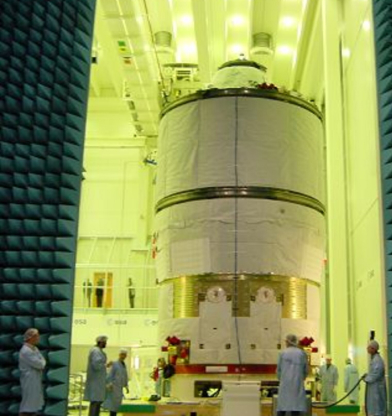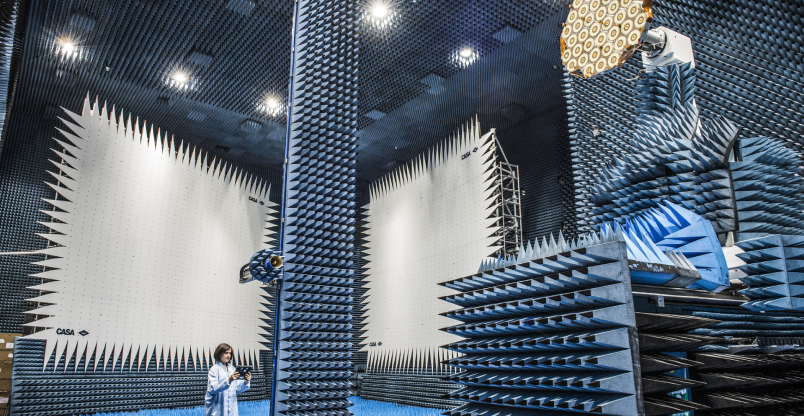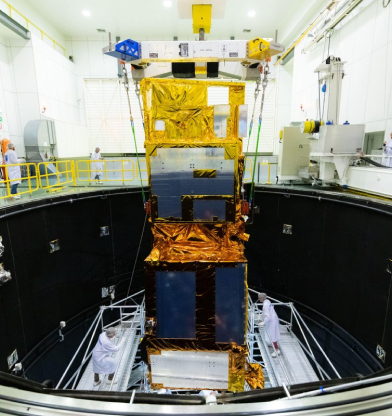H1 TEXT
H2 TEXT
H3 TEXT
H4 TEXT
H5 TEXT
H6 TEXT
Unordered list:
- item 1
- item 2
- item 3
Ordered list:
- item 1
- item 2
- item 3
align left
aligh right
aligh center
Lorem Ipsum (bold) is simply (italic) dummy (underline) text (strikethrough) of the printing (code) and typesetting industry. Lorem Ipsum has been the industry's standard dummy text ever since the 1500s, when an unknown printer took a galley of type and scrambled it to make a type specimen book. It has survived not only five centuries, but also the leap into electronic typesetting, remaining essentially unchanged. It was popularised in the 1960s with the release of Letraset sheets containing Lorem Ipsum passages, and more recently with desktop publishing software like Aldus PageMaker including versions of Lorem Ipsum.
Black background
Lorem Ipsum has been the industry's standard dummy text ever since the 1500s, when an unknown printer took a galley of type and scrambled it to make a type specimen book. It has survived not only five centuries, but also the leap into electronic typesetting, remaining essentially unchanged. It was popularised in the 1960s with the release of Letraset sheets containing Lorem Ipsum passages, and more recently with desktop publishing software like Aldus PageMaker including versions of Lorem Ipsum.
Image background
Lorem Ipsum has been the industry's standard dummy text ever since the 1500s, when an unknown printer took a galley of type and scrambled it to make a type specimen book. It has survived not only five centuries, but also the leap into electronic typesetting, remaining essentially unchanged. It was popularised in the 1960s with the release of Letraset sheets containing Lorem Ipsum passages, and more recently with desktop publishing software like Aldus PageMaker including versions of Lorem Ipsum.
Text with left border
Regular text (not linked)
TestS & SERVICES
Vibration Test
- 80 kN shaker
- 320 kN shaker
- 640 kN shaker
- HYDRA 6-DOF shaker
Acoustic Test
- Large European Acoustic Facility
- Mechanical Data Handling
Environtal testing TEC-MXP Brochure



Caption

Our facilities share the same goal: To enable and support future missions and keep Europe’s tech industry competitive
Request access to the lab
To get an access to the Lab make a request via email. Laboratory supervisor will get an email asking for approval.

HOW IT WORKS
Element 1
DEVELOP
Supports technology developments, building blocks and ESA technology targets.
Element 2
MAKE
Industry initiated and driven co-funded activities to strengthen competitiveness and sustainability.
Element 3
FLY
Small missions programme of the Agency, IOD/IOV’s implement in-orbit demonstrations of technologies in need of acquiring flight heritage, preparation of future missions and small missions.
SOCIAL PSYCHOLOGY OF PAST POLAR EXPLORATION
Lorem ipsum dolor sit amet, consectetuer adipiscing elit, sed diam nonummy nibh euismod tincidunt ut laoreet dolore magna aliquam erat volutpat.
In this project, we will parse through journals, logs and similar data from past polar exploration in order to extract observations useful to the study of the social psychology of future human spaceflight. We will do this by using Behavioural Sequence Analysis (BSA), a method previously applied to the study of complex social processes.
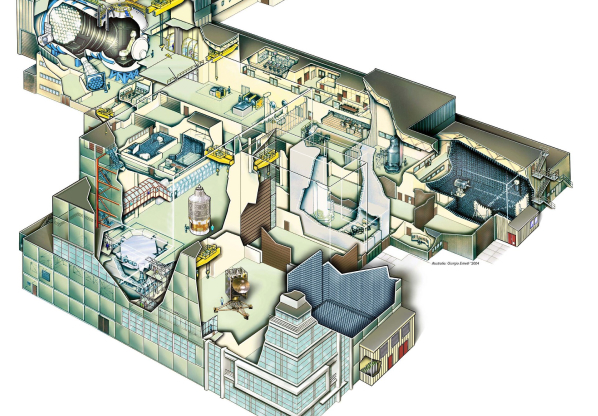
WHY IT IS NEEDED
A RELIABLE, ONGOING POWER SUPPLY IS ESSENTIAL TO A SPACE MISSION'S SUCCESS.
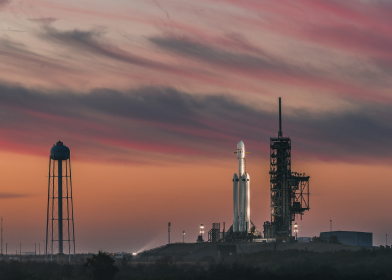
While electricity is a satellite's lifeblood, there can sometimes be too much of a good thing. While ensuring the desired reception and transmission of signals, electrical currents induce electric and magnetic fields, which can cause interference and degrade spacecraft performance. On top the natural space environment consists of high energy particle radiation, plasmas, gases, and particulates. These environments and their effects can be threats to the spacecraft and influence the power system at all times. All needs to be evaluated and watched closely. The Sun provides around 1.4 kilowatts of power per square metre in Earth orbit. This is why the majority of spacecraft incorporate wing-like solar arrays or else have them layered across their hull. Satellites are also equipped with rechargeable batteries to keep them powered until the solar generators are deployed after the launch or whilst orbiting in the shadow.
TO MAKE SURE THE MISSION DOESN’T FAIL AND THE SATELLITE BEING LOST THE POWER SYSTEM IS THE UNIQUE RESOURCE OF THE SPACECRAFT.
It has to be managed to be protected against failures of the supplied units that could degrade it or even take it out of service, especially short-circuits.
IN THE FUTURE ANYTHING IS POSSIBLE. THERE ARE ONLY TWO THINGS STANDING BETWEEN US AND THOSE ENDLESS POSSIBILITIES: TIME AND IMAGINATION.
IDENTIFYING THE USER MISSIONS AND ASSOCIATED REQUIREMENTS
ALLOCATING ACTIVITIES TO TECHNOLOGY PROGRAMMES
REDUCTION OF 30% BUILD TIME BY 2023
INCREASE INNOVATION & ADOPTION BY 30%

The accession of Lithuania to ESA as an Associate Member will enable Lithuania to implement its strong commitment to driving innovation, developing technologies and promoting research. There will be many opportunities for Lithuanian scientists and entrepreneurs to carry out joint space projects with the largest European technology companies, while contributing their scientific knowledge to the Agency's activities.
Josef Aschbacher ESA Director General

The accession of Lithuania to ESA
Josef Aschbacher ESA Director General
THE ACCESSION OF LITHUANIA TO ESA AS AN ASSOCIATE MEMBER WILL ENABLE LITHUANIA TO IMPLEMENT ITS STRONG COMMITMENT TO DRIVING INNOVATION, DEVELOPING TECHNOLOGIES AND PROMOTING RESEARCH. THERE WILL BE MANY OPPORTUNITIES FOR LITHUANIAN SCIENTISTS AND ENTREPRENEURS TO CARRY OUT JOINT SPACE PROJECTS WITH THE LARGEST EUROPEAN TECHNOLOGY COMPANIES, WHILE CONTRIBUTING THEIR SCIENTIFIC KNOWLEDGE TO THE AGENCY'S ACTIVITIES.
DISCOVERY & PREPARATION TYPES OF ACTIVITIES
DISCOVERY & PREPARATION TYPES OF ACTIVITIES
1
STUDIES
Either as a precursor for technology development or to assess the feasibility of systems for space, with budgets of typically 20–100 k€ per study. Studies emphasise the novelty of the concept.
2
EARLY TECHNOLOGY PROJECTS
The emphasis is on novel, low Technology Readiness Level activities of potential interest to space applications. This includes activities, as done in the past through the ITI scheme, covering: risk reduction, proofs of concept, and technology developments up to prototype level with potential customer interests. Early technology development activities have budgets between 50 and 175 k€.
DISCOVERY & PREPARATION TYPES OF ACTIVITIES
DISCOVERY & PREPARATION TYPES OF ACTIVITIES
Experience has shown that very innovative ideas are often generated by universities. Activities under this heading last between 6 months and 3 years, with budgets typically of 20–90 k€. Co-funded research activities include the co-funding of PhDs (former NPI initiative).
Experience has shown that very innovative ideas are often generated by universities. Activities under this heading last between 6 months and 3 years, with budgets typically of 20–90 k€. Co-funded research activities include the co-funding of PhDs (former NPI initiative).
27TOTAL LABS
13COUNTRIES OF THESE LABS
1643EMPLOYEES
82.123TOTAL EQUIPMENT MATERIALS
DISCOVERY & PREPARATION TYPES OF ACTIVITIES
DISCOVERY & PREPARATION TYPES OF ACTIVITIES
1
Experience has shown that very innovative ideas are often generated by universities. Activities under this heading last between 6 months and 3 years, with budgets typically of 20–90 k€. Co-funded research activities include the co-funding of PhDs (former NPI initiative).
2
DISCOVERY & PREPARATION TYPES OF ACTIVITIES



